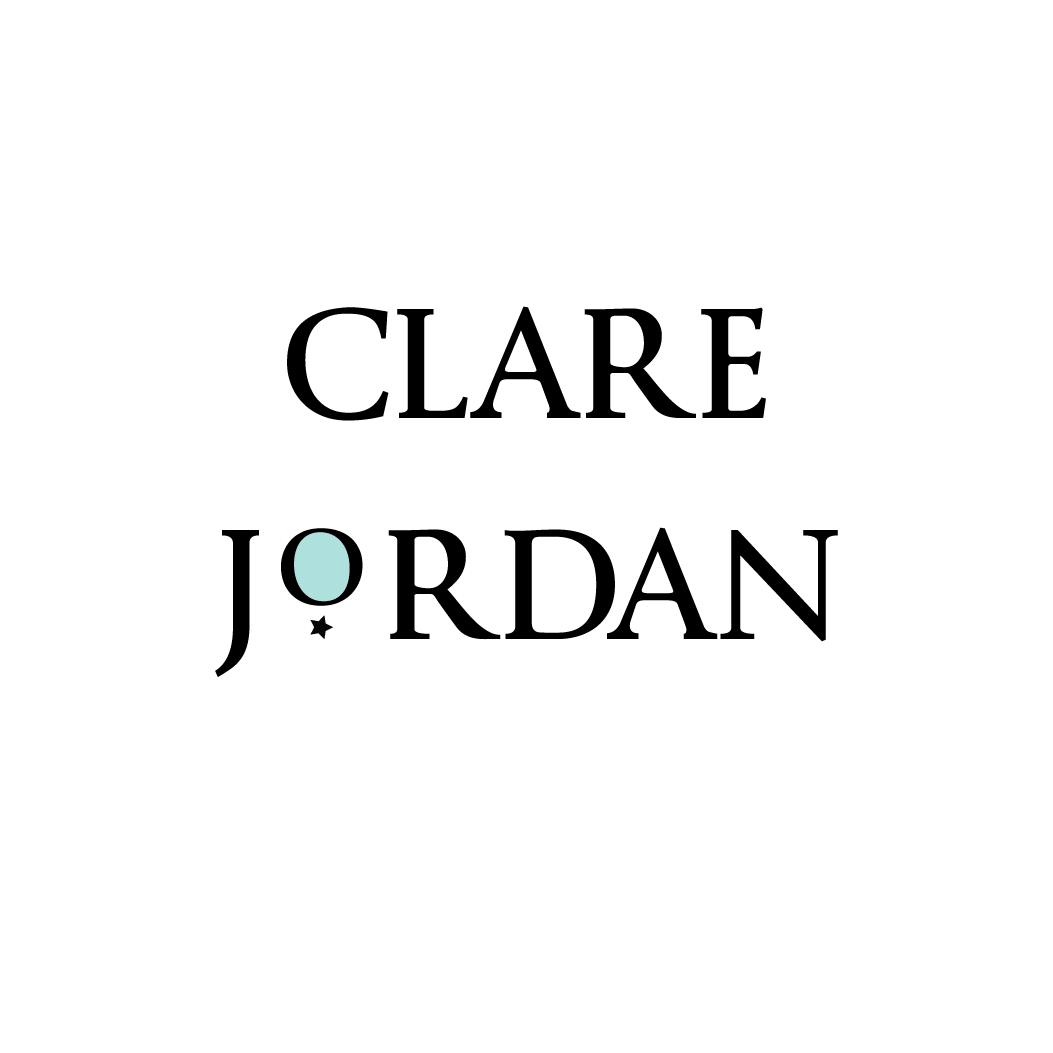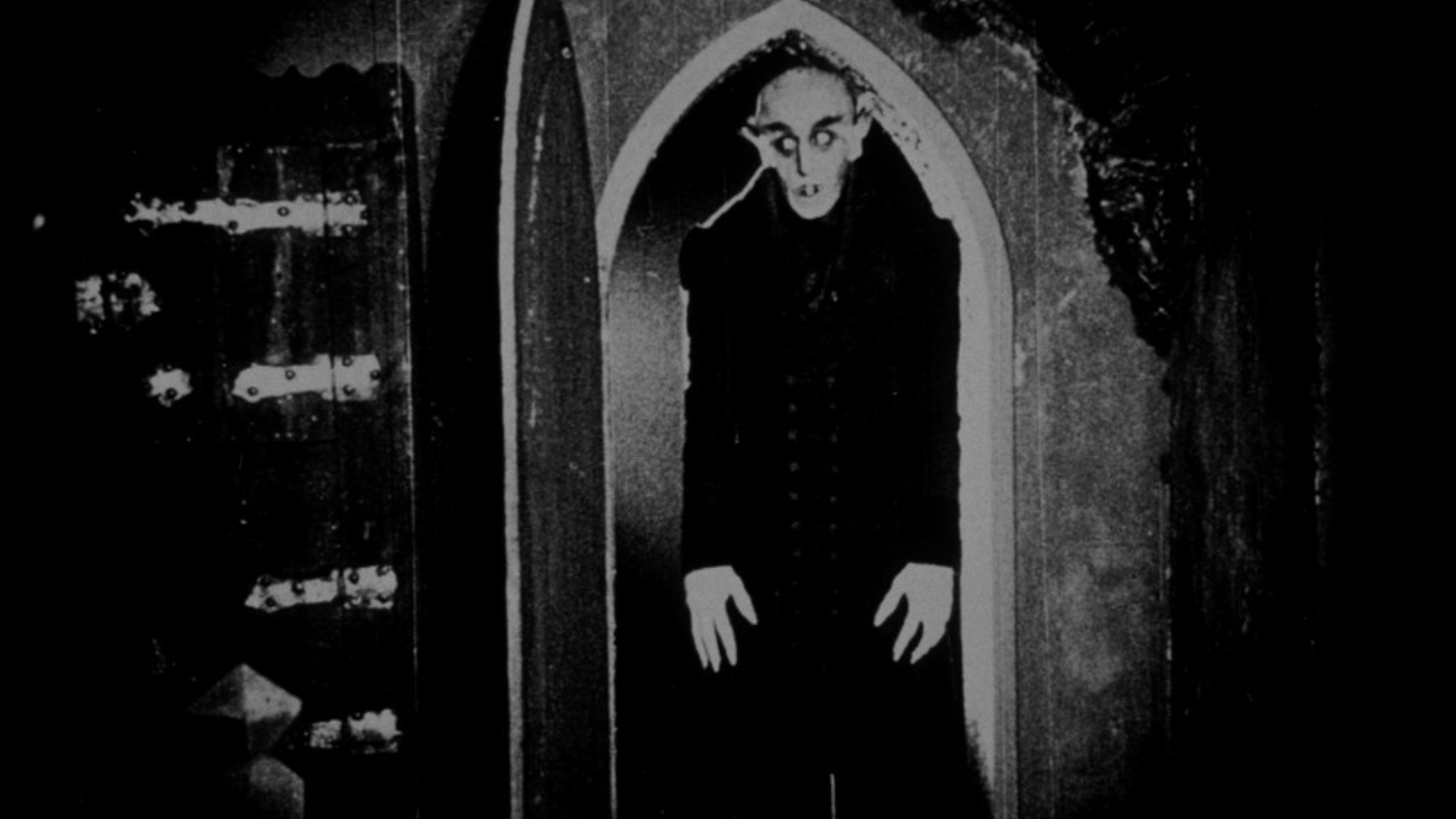Hollywood costumes, make-up and design
Hollywood's “Golden Age” was the era of the most iconic cinematic monsters: Dracula and Frankenstein. These iconic characters represent Gothic literature and are widely known as symbols of the horror franchise while simultaneously embodying the idea of Hollywood’s Dream Factory. Bierstedt's review of this “Dream Factory” examines “the conflict between business and art in Hollywood [as] a reflection of the conflict within our culture.”(5) Universal Pictures' Dracula (1931) and Frankenstein (1931) display an innovative and unique style with impactful star performances. This horror trope that was produced during the Depression era, was able to create fantastical worlds, through elements of production design. These films articulate and further mirror the societal and cultural context of their creation era. This blog will unpack how costume, make-up, and set design in Dracula and Frankenstein enhance narrative elements and establish the stars as cultural icons, reflecting Hollywood’s dual role as both a storyteller and a dream-maker.
(Megi)
(Royle)
F.W. Murnau's Nosferatu (1922) profoundly impacted the aesthetics and thematic development of later horror classics, including Dracula (1931) and Frankenstein (1931). Nosferatu's innovative use of visual elements, including chiaroscuro lighting, heightened the dread and otherworldly feeling. “Murnau weaves formal elements into the narrative that disrupt the viewer’s expectations and leaves only questions and anxiety in his wake. [...]To quote the filmmaker himself, “I like the reality of things, but not without fantasy; they must dovetail.”” (East 8-9) Count Orlok's construction in Nosferatu paved the way for the creation of the monster, “through the creative, yet subtle make-up on actor Max Schrek, we see that the figure is grotesque” (East 4). Both Dracula and Frankenstein inherited from Nosferatu the blurring of the lines between humanity and the monstrous and the exploration of the boundaries between life and death. Nosferatu's silent, expressionistic approach to horror served as a template for the atmospheric filmmaking in both films, where the visual portrayal of the supernatural played an essential role in conveying the otherworldly nature of their central figures.

